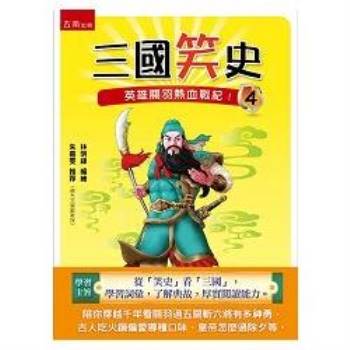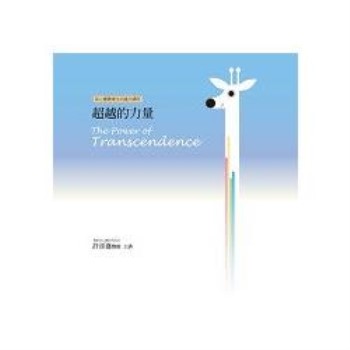Macbeth is arguably the world’s most famous monarch. Both the historical king and the literary character have fascinated writers and audiences for centuries, beginning with the poets who recited their verses at the medieval monarch’s court. Macbeth’s legend began almost immediately after his death as medieval and Renaissance writers gradually replaced the king with a semi-literary character developed and embroidered to suit their own political and cultural agenda. The process of transformation culminated in playwright William Shakespeare’s The Tragedie of Macbeth.
Investigating the man and the legend, Benjamin Hudson traces the eleventh-century prince’s rise to prominence from local warlord to international ruler. Battling Vikings, English, and his fellow Scots, Macbeth was involved in a Dano-Norwegian conflict, made a pilgrimage to Rome, and gave refuge to Norman knights. He was more than a mere warlord. With his queen, Gruoch, the widow of a man who killed Macbeth’s father, he was a benefactor of churches. The historical prince was an important innovator who used new fighting tactics, developed an international outlook to government, and encouraged intellectual pursuits. Hudson also tracks the ways in which popularizers developed the women behind the fictional Lady Macbeth and the weird sisters.
| FindBook |
有 1 項符合
Macbeth Before Shakespeare的圖書 |
 |
Macbeth Before Shakespeare 作者:Hudson 出版社:Oxford University Press, USA 出版日期:2022-12-01 語言:英文 規格:精裝 / 272頁 / 普通級/ 初版 |
| 圖書館借閱 |
| 國家圖書館 | 全國圖書書目資訊網 | 國立公共資訊圖書館 | 電子書服務平台 | MetaCat 跨館整合查詢 |
| 臺北市立圖書館 | 新北市立圖書館 | 基隆市公共圖書館 | 桃園市立圖書館 | 新竹縣公共圖書館 |
| 苗栗縣立圖書館 | 臺中市立圖書館 | 彰化縣公共圖書館 | 南投縣文化局 | 雲林縣公共圖書館 |
| 嘉義縣圖書館 | 臺南市立圖書館 | 高雄市立圖書館 | 屏東縣公共圖書館 | 宜蘭縣公共圖書館 |
| 花蓮縣文化局 | 臺東縣文化處 |
|
|
圖書介紹 - 資料來源:博客來 評分:
圖書名稱:Macbeth Before Shakespeare
內容簡介
作者簡介
Benjamin Hudson is Professor of History and Medieval Studies at the Pennsylvania State University. His books include Viking Pirates and Christian Princes: Dynasty, Religion, and Empire in the North Atlantic (OUP, 2005) and The Picts.
Viking Pirates and Christian Princes: Dynasty, Religion, and Empire in the North Atlantic (OUP, 2005).
|










